The avian world presents one of nature’s most fascinating studies in longevity, with lifespans varying dramatically from just a few years to several decades. Birds, despite their seemingly fragile appearance, often outlive mammals of comparable size, challenging our understanding of aging and mortality in the animal kingdom. This remarkable diversity in lifespan reflects the complex interplay of genetics, metabolism, environment, and evolutionary adaptations. From the tiny hummingbird’s rapid heartbeat to the majestic albatross soaring for decades across ocean winds, each species tells a unique story about survival and time. In this exploration of avian longevity, we’ll uncover the secrets behind these variations and discover why some of our feathered friends live surprisingly long lives while others burn brightly but briefly.
The Science Behind Avian Longevity
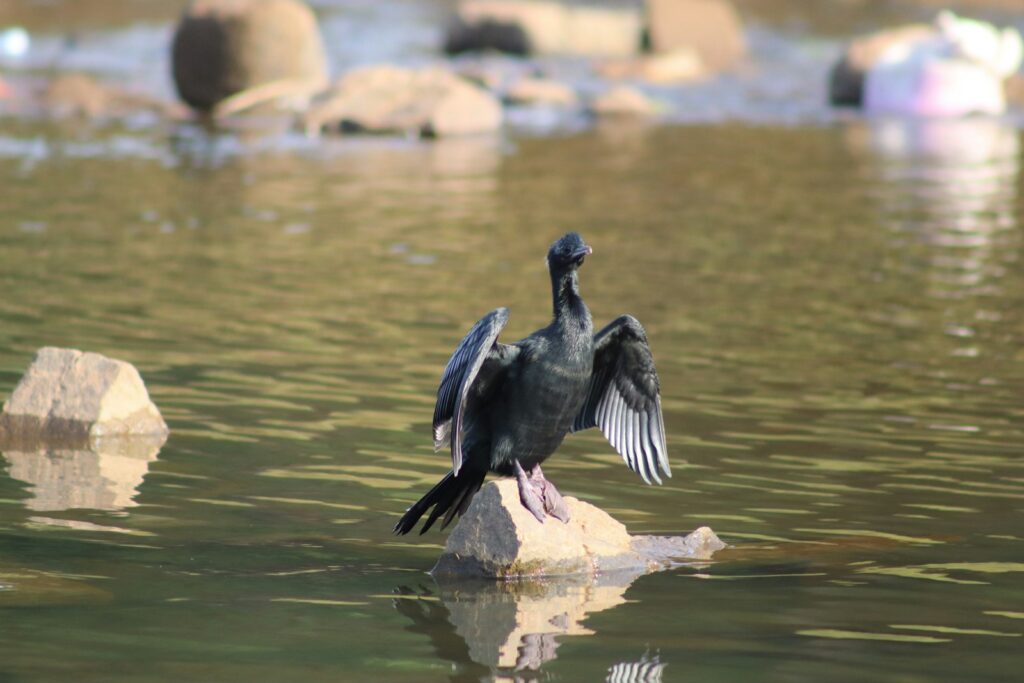
Birds possess several biological advantages that contribute to their often impressive lifespans. One key factor is their naturally high metabolic rate combined with remarkably efficient respiratory systems that include air sacs extending beyond their lungs. This efficiency helps birds minimize oxidative stress, a major contributor to aging in many species. Additionally, avian telomeres (the protective caps on chromosomes that typically shorten with age) demonstrate unique characteristics, with some long-lived species showing minimal telomere degradation over time. Recent research also suggests that birds have evolved superior mechanisms for DNA repair and exceptional immune function that helps them resist diseases. These biological adaptations collectively explain why a typical bird might live 1.5 to 3 times longer than a mammal of equivalent body mass, a phenomenon that continues to fascinate evolutionary biologists.
Record-Breaking Bird Lifespans
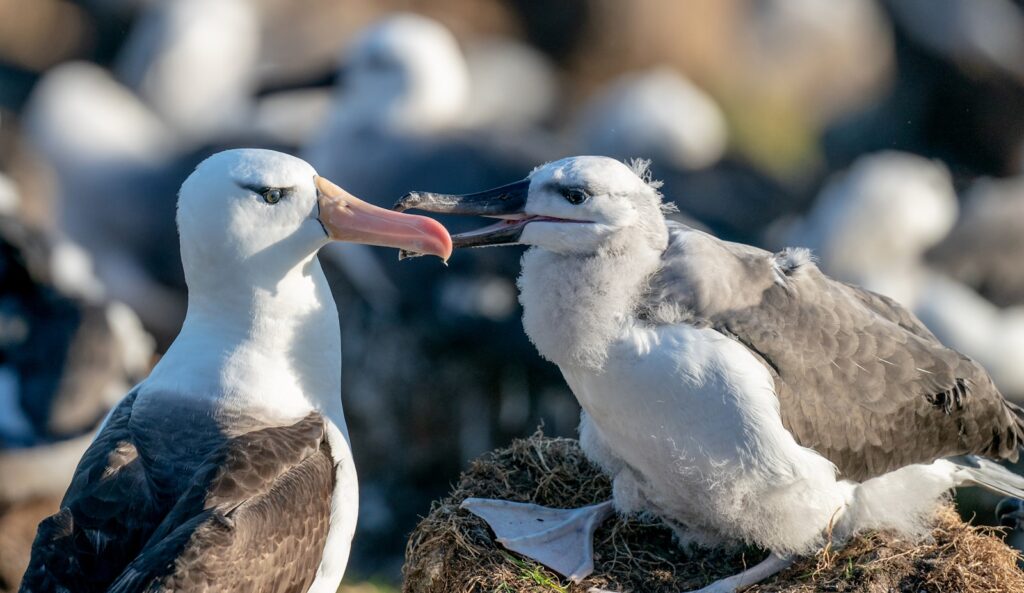
Among the most extraordinary examples of avian longevity is the Laysan Albatross named Wisdom, who at over 70 years old continues to breed and raise chicks in the Pacific Ocean. This makes her the oldest known wild bird with documented history. In captivity, cockatoos and macaws routinely live beyond 60 years, with some individuals reaching their 80s or even 90s. A captive Major Mitchell’s cockatoo named Cookie lived to 83 years at Brookfield Zoo in Chicago, becoming a multi-generational attraction. Perhaps most remarkable is the record held by a Sulfur-crested Cockatoo that reportedly lived to 120 years in captivity, though documentation for extremely aged birds can sometimes be challenging to verify conclusively. These exceptional cases reveal the extraordinary genetic potential for longevity encoded in certain avian lineages.
Factors That Influence Bird Lifespan
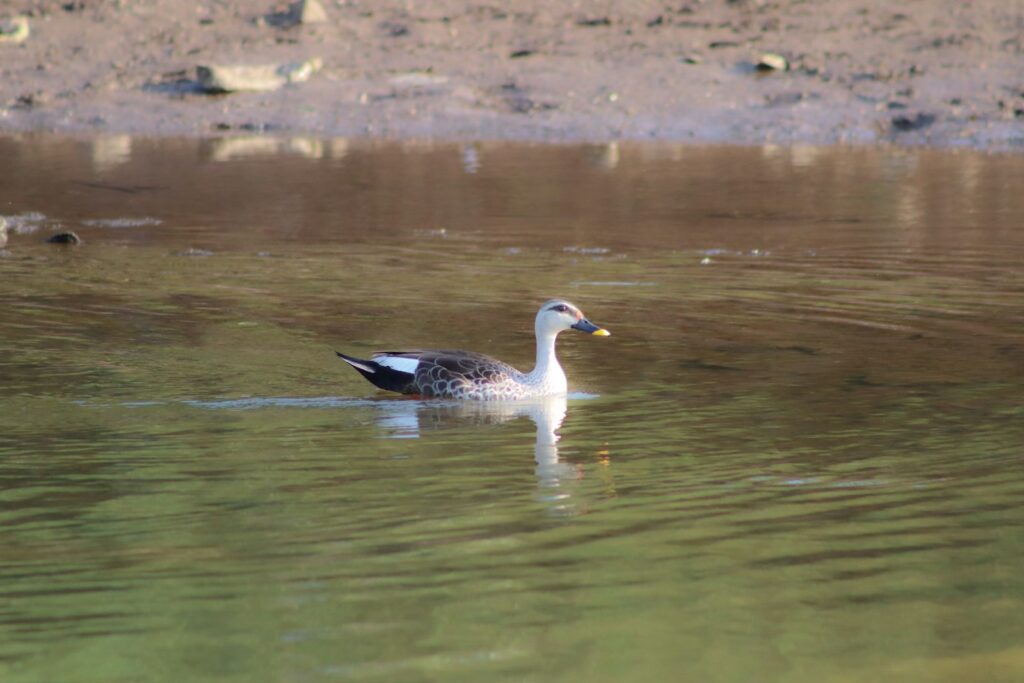
Multiple interconnected factors determine how long a bird might live in either wild or captive settings. Body size generally correlates positively with lifespan—larger birds typically live longer than smaller species, with some notable exceptions. Reproductive strategy plays a crucial role, as species that produce fewer offspring but invest heavily in their care (K-selected species) generally live longer than those that produce many young with minimal parental investment (r-selected species). Habitat selection significantly impacts survival, with birds inhabiting islands or other predator-free environments often evolving longer lifespans than their mainland counterparts. Diet quality and foraging strategy influence oxidative stress levels and overall health, while flight capability—particularly for migratory species—affects both predation risk and resource access. Together, these ecological and evolutionary factors create the diverse spectrum of avian lifespans observed across species.
Small Birds, Short Lives: Understanding the Hummingbird Paradox
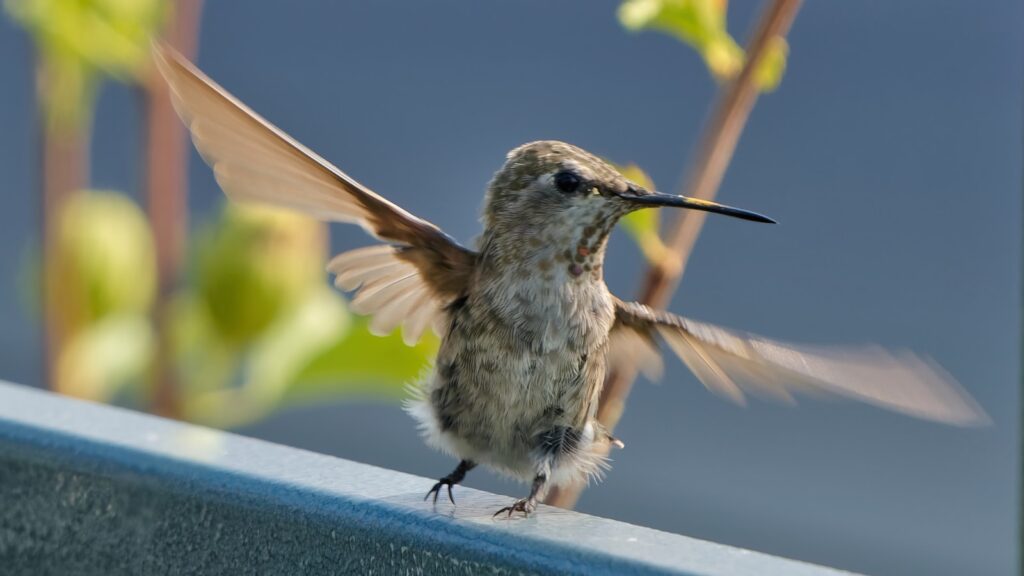
Hummingbirds exemplify the fascinating relationship between size, metabolism, and lifespan in the avian world. Despite their tiny bodies and extraordinarily fast metabolisms—with heart rates exceeding 1,200 beats per minute during active flight—many hummingbird species live surprisingly long lives of 5-10 years. The Ruby-throated Hummingbird, weighing less than a penny, has been documented surviving up to 9 years in the wild, defying expectations based on its size and metabolic rate. This apparent contradiction stems from hummingbirds’ specialized adaptations, including their ability to enter torpor—a hibernation-like state that dramatically reduces energy expenditure during rest periods. Their precision flying skills also help them avoid predators more effectively than many other small birds. However, their high-energy lifestyle does extract a cost, as their lifespans remain considerably shorter than larger birds with slower metabolisms, creating what researchers call the “hummingbird paradox” in longevity studies.
Long-Lived Parrots: Secrets to Their Exceptional Longevity
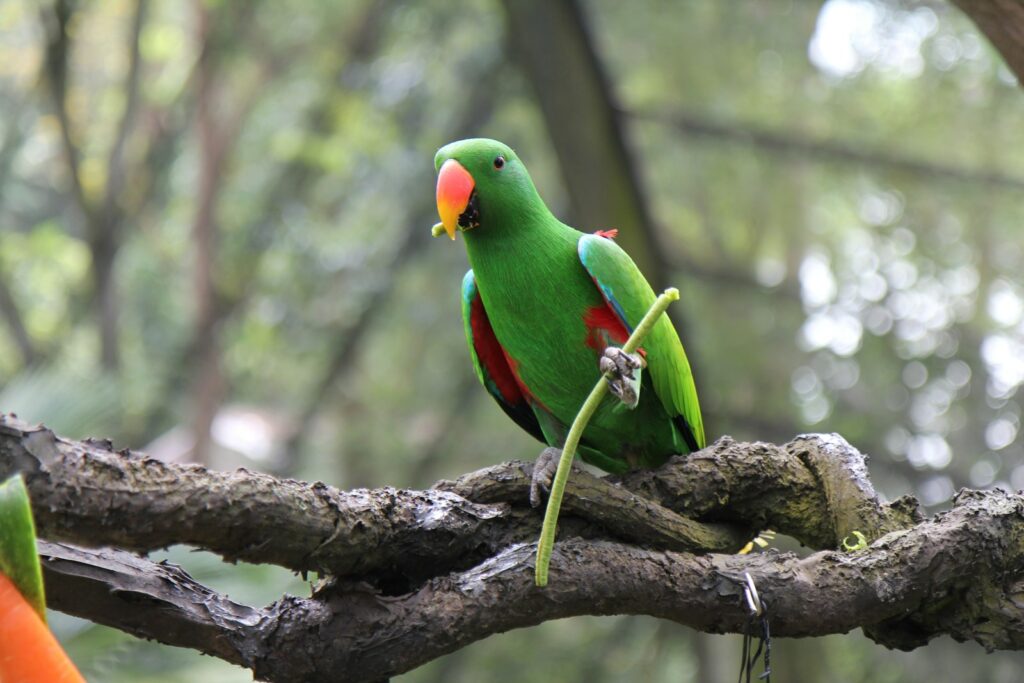
Parrots stand out among birds for their remarkable longevity, with many species routinely living 30-50 years and some individuals surpassing 80 years in captivity. This exceptional lifespan appears linked to several evolutionary adaptations unique to the parrot family. Their large brains relative to body size support complex cognitive abilities and behavioral flexibility, potentially enhancing survival through sophisticated problem-solving and predator avoidance. Parrots possess particularly robust immune systems that effectively combat pathogens and might contribute to reduced inflammation, a key factor in aging. Their specialized diet, rich in antioxidants from fruits, nuts, and seeds, provides natural protection against cellular damage. Additionally, parrots evolved in relatively stable tropical environments with reduced seasonal stress and predation pressure, conditions that historically favored the development of longer lifespans. These combined factors make parrots valuable subjects for comparative studies of aging across species.
Wild vs. Captive Lifespans: The Protection Paradox

Birds typically experience dramatically different lifespans in wild versus captive environments, creating what scientists call the “protection paradox.” In the wild, birds face constant challenges including predation, disease, competition, weather extremes, and food scarcity that significantly reduce average lifespans—sometimes by 70-80% compared to their biological potential. A wild American Robin might live 2-3 years on average, while the same species in protected environments can survive 10-12 years. Captive settings eliminate most natural threats while providing consistent nutrition and veterinary care, allowing birds to approach their genetic longevity potential. However, captivity introduces its challenges, including stress from confinement, inappropriate diet, obesity, and behavioral issues that can reduce quality of life. This stark difference between wild and captive lifespans provides valuable insights for conservation efforts and helps researchers better understand the environmental factors that influence mortality across avian species.
Seabirds: The Ocean’s Long-Distance Champions
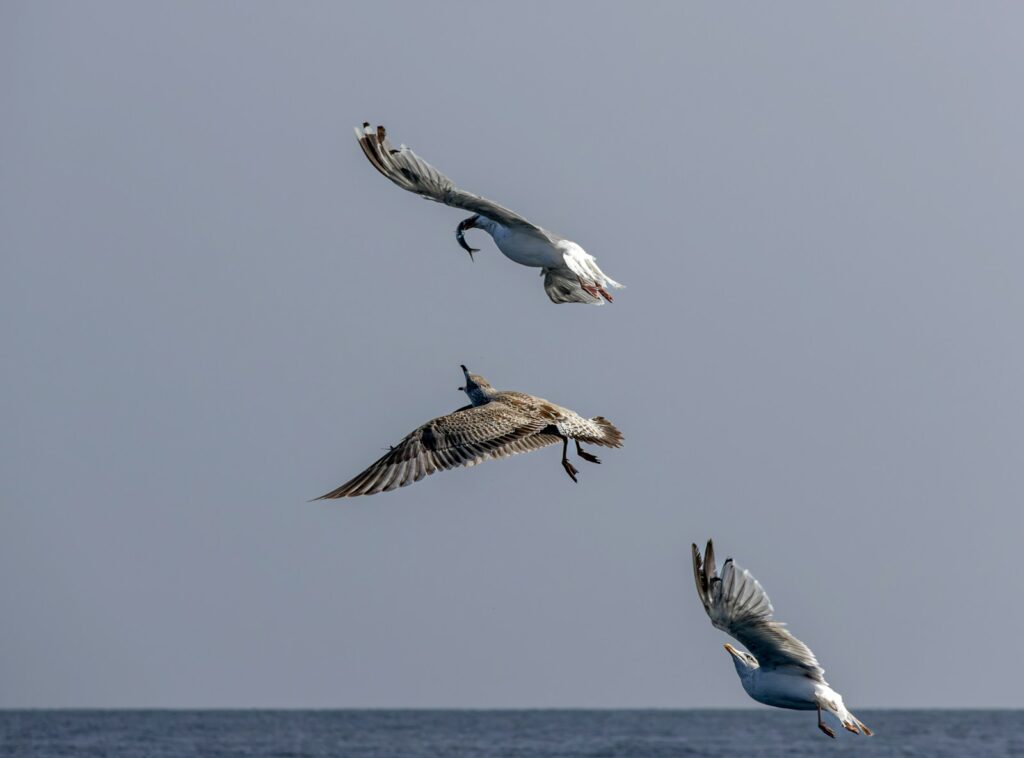
Seabirds consistently rank among the longest-lived bird groups, with many species routinely exceeding 30-40 years in the wild. Albatrosses lead this extraordinary group, with confirmed lifespans of 50+ years and some individuals reaching their 70s while still actively breeding. These oceanic wanderers benefit from several longevity-promoting adaptations, including their massive wingspan that enables energy-efficient gliding across vast distances with minimal metabolic cost. Seabirds typically follow slow life history strategies, reaching sexual maturity relatively late (often 5-10 years) and producing just one egg annually, allowing them to invest heavily in self-maintenance rather than rapid reproduction. Their specialized diets rich in marine lipids provide excellent nutritional value and potentially protective compounds. Additionally, the relative safety of remote breeding islands historically reduced predation pressure, creating selective pressure for extended lifespans rather than rapid reproduction. This combination of factors has made seabirds evolutionary champions of longevity in the wild avian world.
Common Backyard Birds and Their Lifespans
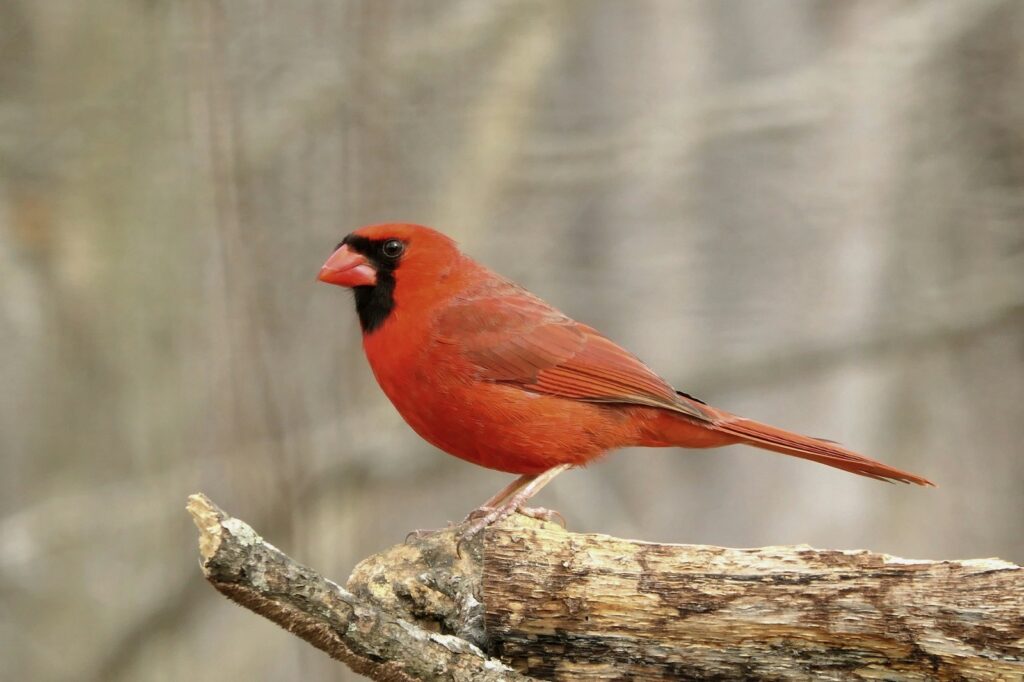
The familiar birds that visit our feeders and gardens exhibit surprisingly diverse lifespans that often go unnoticed by casual observers. American Robins typically live 2-3 years in the wild, though exceptional individuals may reach 14 years. Northern Cardinals show greater longevity, with average wild lifespans of 3-5 years, but potential to reach 15+ years in protected environments. House Sparrows, despite their small size, commonly live 4-7 years and have been documented reaching 13 years in urban settings. The beloved Black-capped Chickadee, weighing less than half an ounce, can survive 5-7 years despite harsh northern winters, with record individuals reaching 12 years. These numbers represent average lifespans, with most individuals succumbing earlier to predation, disease, or accidents, while a small percentage significantly exceeds these averages. Understanding these patterns helps homeowners appreciate the multi-year relationships they develop with their regular avian visitors.
Raptors: Powerful Predators with Impressive Lifespans
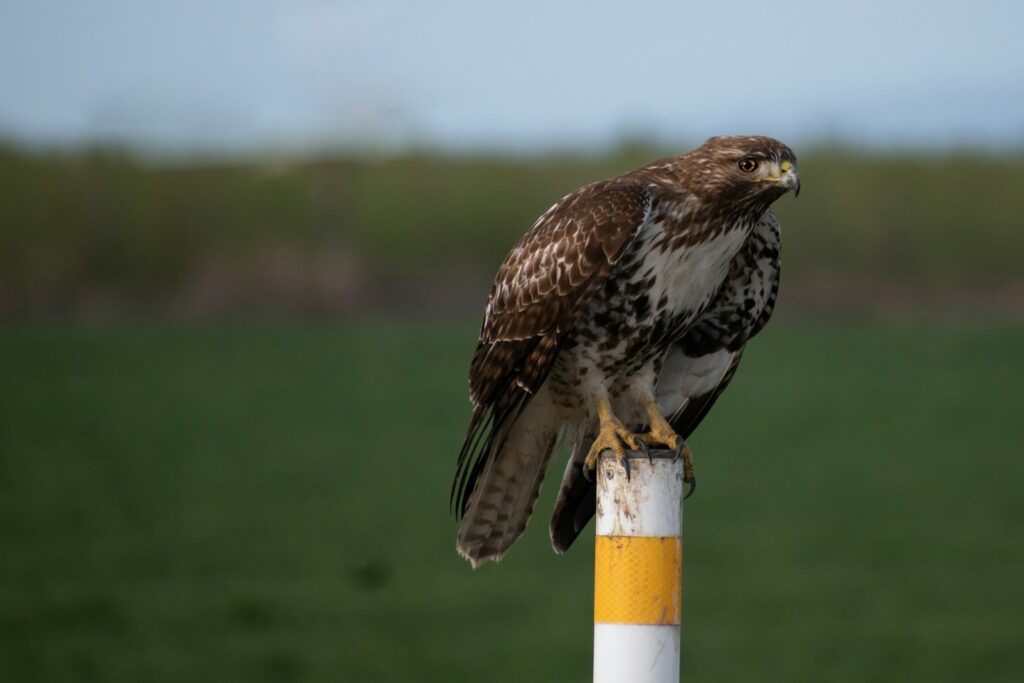
Birds of prey demonstrate remarkable longevity that correlates with their position at the top of food chains and their relatively large body size. Bald Eagles in the wild commonly reach 20-25 years, with exceptional individuals documented at 38 years. The slightly smaller Red-tailed Hawk typically lives 10-15 years but can reach beyond 25 years in both wild and captive settings. Among falcons, the cosmopolitan Peregrine Falcon averages 8-15 years in nature but has been documented reaching 25 years. Owls show similar patterns, with the common Barn Owl living 4-8 years in the wild, but the much larger Great Horned Owl regularly reaching 15-25 years. These impressive lifespans derive from several advantages, including limited natural predation, highly efficient hunting abilities that ensure consistent nutrition, and advanced sensory systems that help them avoid environmental dangers. Their extended lifespans also allow these apex predators to accumulate hunting experience and territory knowledge that further enhances their survival prospects with age.
The Impact of Human Activity on Bird Longevity
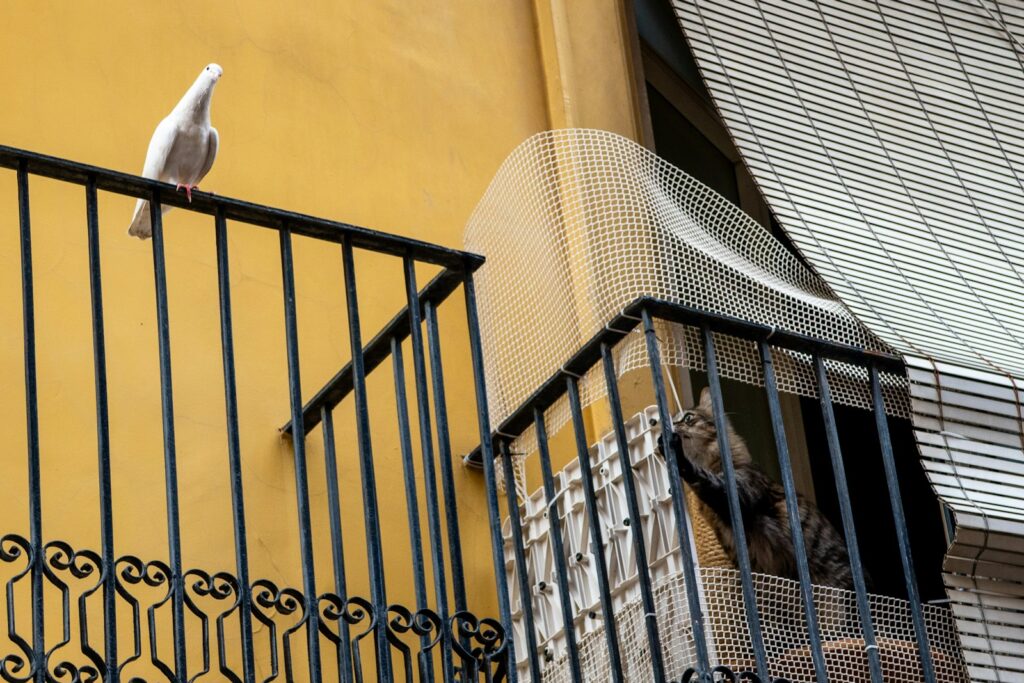
Human-related factors have become increasingly significant determinants of bird lifespan in the modern world, often shortening natural lifespans dramatically. Habitat destruction represents perhaps the most pervasive threat, eliminating suitable territories and food sources for countless species. Outdoor domestic cats kill an estimated 2.4 billion birds annually in the United States alone, significantly reducing average lifespans in urban and suburban environments. Window collisions claim hundreds of millions more birds each year, while pesticide use both directly poisons birds and reduces their insect food sources. Light pollution disrupts migration patterns and breeding cycles, leading to exhaustion and increased predation risk. Climate change introduces additional stressors through altered food availability, extreme weather events, and shifting habitat ranges. Conversely, conservation efforts, including habitat protection, predator management, and reduced pesticide use, can effectively extend population-level lifespans for many threatened species, demonstrating how human actions can both harm and help avian longevity.
Evolutionary Perspectives on Bird Lifespan
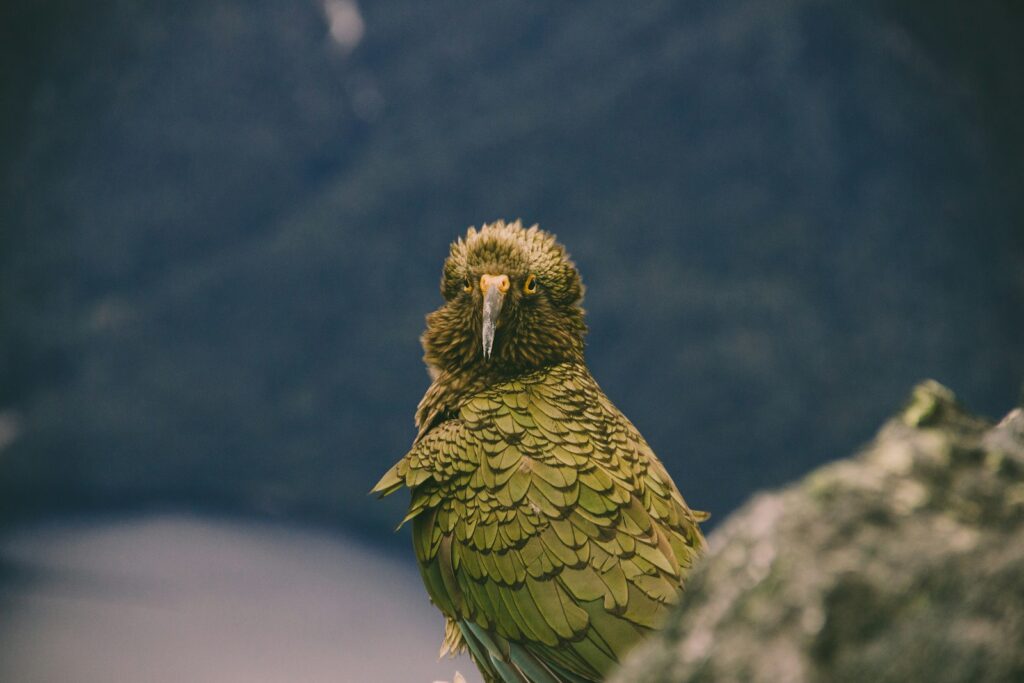
From an evolutionary standpoint, bird lifespans represent carefully balanced adaptations shaped by natural selection over millions of years. Species experiencing high predation pressure historically evolved shorter lifespans, earlier maturity, and larger clutch sizes, effectively trading longevity for reproductive output. This explains why ground-nesting species typically live shorter lives than tree-nesters or cliff-dwellers with safer reproduction sites. Flight capability represents a significant factor, as the ability to escape predators created selective pressure for longer lifespans across the avian lineage. Islands and other isolated habitats with few predators consistently produce longer-lived species, as seen in New Zealand’s kakapo with potential 90+ year lifespans. Evolutionary biologists note that birds show remarkably slow senescence (aging) rates compared to mammals, suggesting fundamental differences in how natural selection has shaped aging processes across these vertebrate groups. These patterns reveal how ecological contexts directly influence the evolution of lifespan as a key life history trait.
Extending Your Pet Bird’s Lifespan: Evidence-Based Care
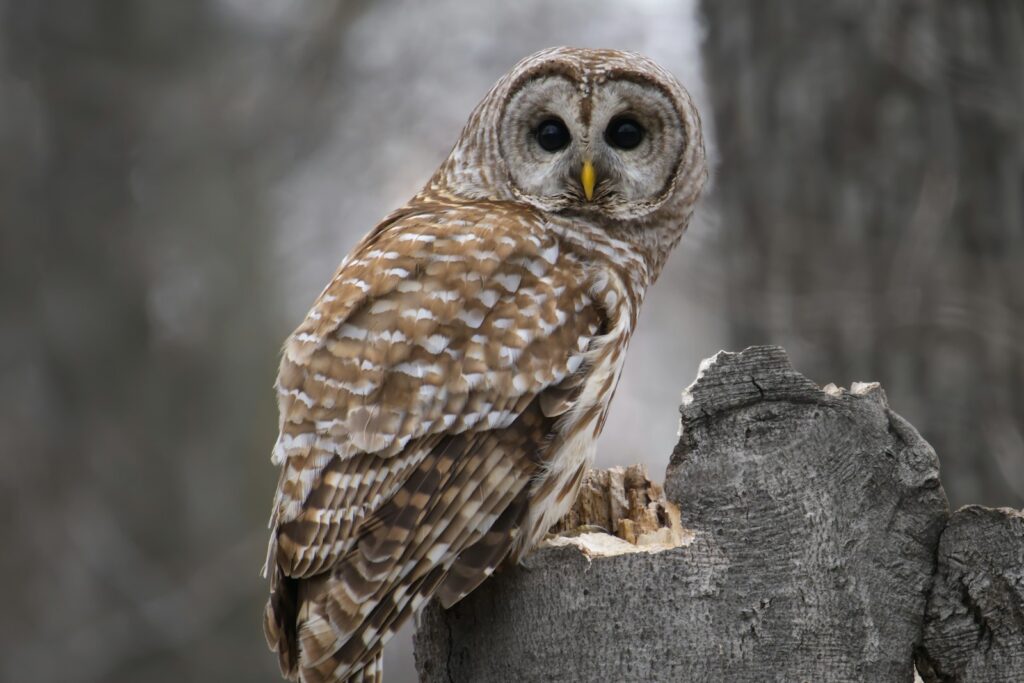
Companion birds can reach—and often exceed—their natural lifespan potential with proper care that addresses their complex physical and psychological needs. Nutrition forms the foundation of longevity, with species-appropriate diets featuring balanced pellets, fresh vegetables, limited fruits, and appropriate proteins significantly reducing mortality from metabolic diseases. Regular veterinary care from avian specialists, including annual examinations and disease screenings, can detect health issues before they become life-threatening. Environmental enrichment through varied toys, foraging opportunities, and social interaction prevents the stress-related behaviors and depression that often shorten captive lifespans. Proper housing in spacious enclosures with regular cleaning minimizes respiratory issues and exposure to toxins. Flight opportunity, either through supervised free-flight or exceptionally large aviaries, promotes cardiovascular health and natural behaviors. Research consistently shows that birds receiving this comprehensive care regularly reach the upper limits of their species’ lifespan potential, with many individuals outliving their wild counterparts by factors of three to five.
Conclusion: The Fascinating Spectrum of Avian Lifespans
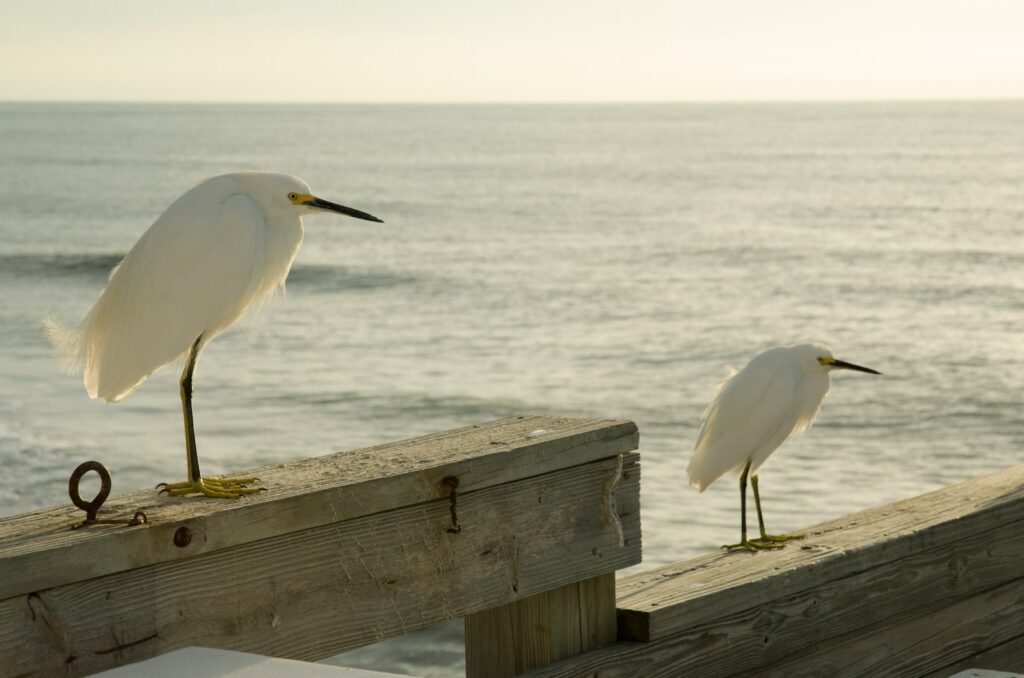
The remarkable diversity of bird lifespans—from the brief but vibrant few years of a wren to the multi-generational journey of an albatross—reveals the extraordinary adaptability of avian life history strategies. These variations represent not random differences but carefully calibrated evolutionary responses to ecological pressures, predation risks, reproductive strategies, and metabolic requirements. For researchers, birds provide invaluable models for understanding the biological mechanisms of aging and longevity across species. For conservationists, knowledge of natural lifespans informs protection strategies for vulnerable populations. For bird enthusiasts and pet owners, appreciation of these temporal patterns deepens our connection to the avian world and improves our capacity for responsible stewardship. As we continue to discover new insights into the factors governing bird lifespans, we gain not only scientific knowledge but also a profound appreciation for the delicate balance of adaptations that allows each species to thrive in its unique ecological niche across the appropriate timespan nature has assigned it.
